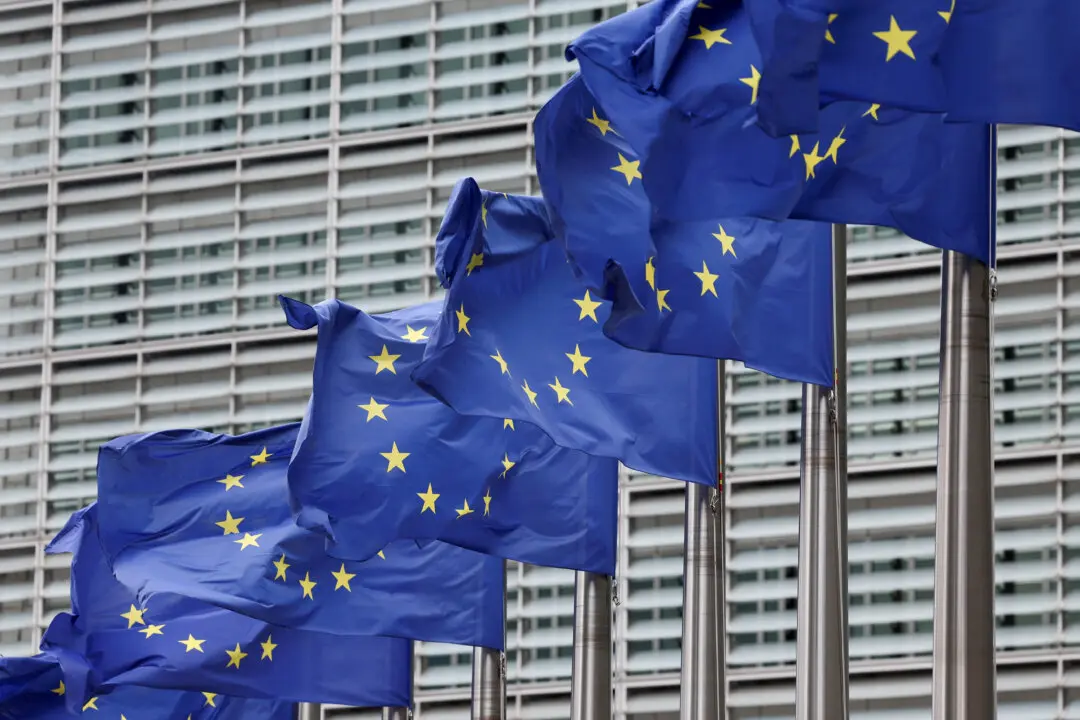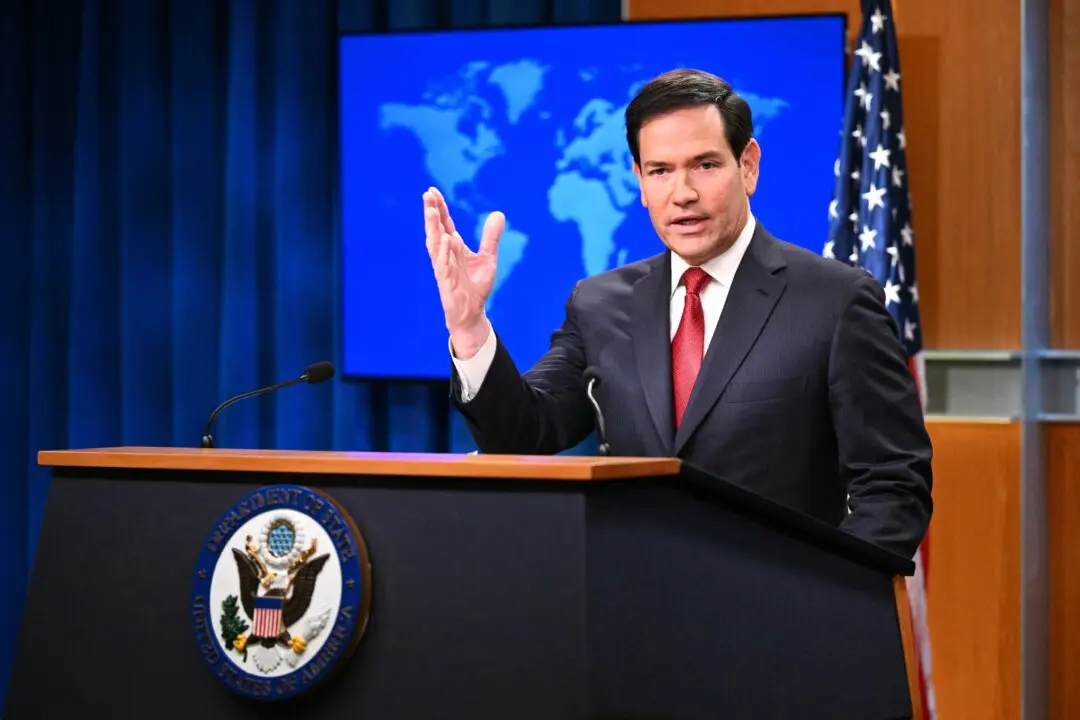Syria’s Alawite communities are girding themselves against reprisals at the hands of the country’s new de facto leaders, as reports indicate the forces of the new government have killed hundreds of civilians in a growing crackdown across northwest Syria that began earlier this week.
Exact casualty figures cannot be independently verified and may yet rise as the new Syrian government’s forces seek to assert control over the country’s coastal northwest region.





